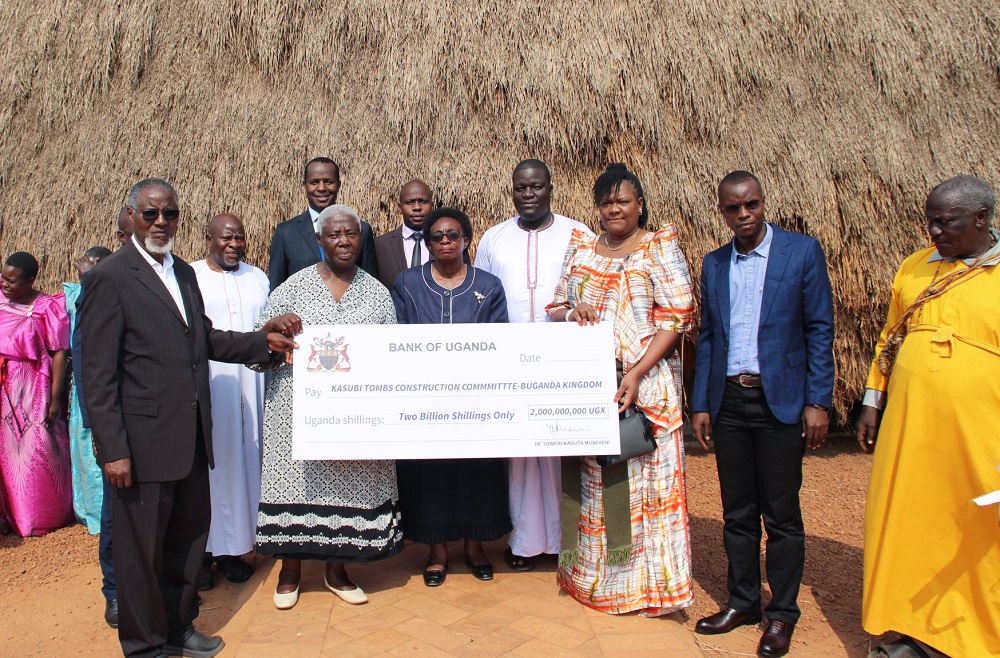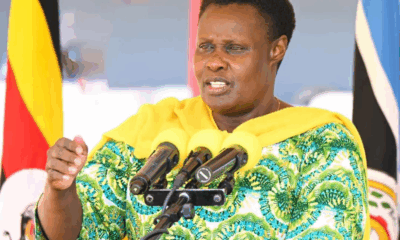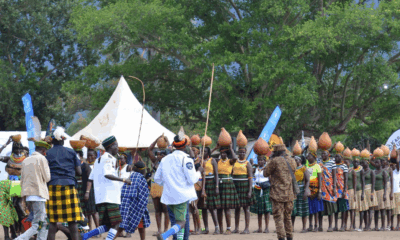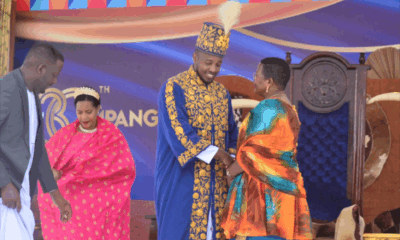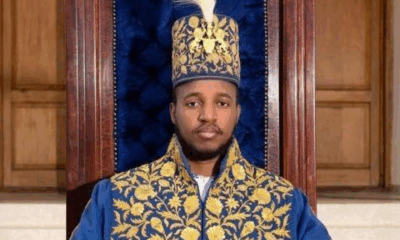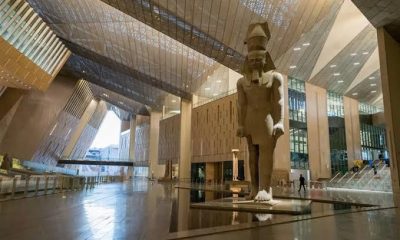Culture
Museveni Injects Shs 2 Billion into Kasubi Royal Tombs Restoration
President Yoweri Kaguta Museveni has allocated an additional Shs 2 billion towards the ongoing restoration of the Kasubi Royal Tombs, a UNESCO World Heritage Site and one of Uganda’s most revered cultural landmarks.
The funds were officially delivered by the President’s Senior Advisor, Lt. Gen. Proscovia Nalweyiso, during a ceremony that underscored the national significance of the Buganda royal burial grounds.
The event was attended by prominent figures from the Buganda Kingdom, including Prince David Kintu Wasajja, Princess Victoria Nkinzi, Princess Namikka, and Minister Choltilda Nakate of the Kingdom’s Ministry of Culture, alongside Owek. Kaddu Kiberu, Buganda’s Protocol Chief.
Speaking during the handover, Gen. Nalweyiso commended the Buganda Kingdom’s commitment to cultural preservation and reaffirmed the government’s support.
“The President recognizes the importance of the Kasubi Tombs not only to Buganda but to Uganda as a whole. He is committed to supporting the full restoration and long-term preservation of all royal heritage sites in the region.” she said.
Minister Nakate expressed deep appreciation for the financial boost, calling it a testament to the government’s recognition of culture as a driver of national development.
“This support is not only a boost to our restoration work but also a clear recognition of the role of culture in national development. The Kingdom will ensure these sites are cared for with dignity and pride,” Nakate said.
The handover ceremony included traditional blessings and a guided tour of the restoration site, where skilled artisans continue to reconstruct the tombs using authentic traditional materials and methods, ensuring historical accuracy and cultural integrity.
The latest funding injection comes at a time when Uganda is scaling up efforts to promote cultural tourism and heritage conservation as key components of its post-pandemic tourism recovery strategy.
The Kasubi Tombs, originally built in 1882 and declared a UNESCO World Heritage Site in 2001, were severely damaged by a fire in 2010. Their ongoing restoration has become a national symbol of resilience and a rallying point for the preservation of Uganda’s cultural identity.
Comments



